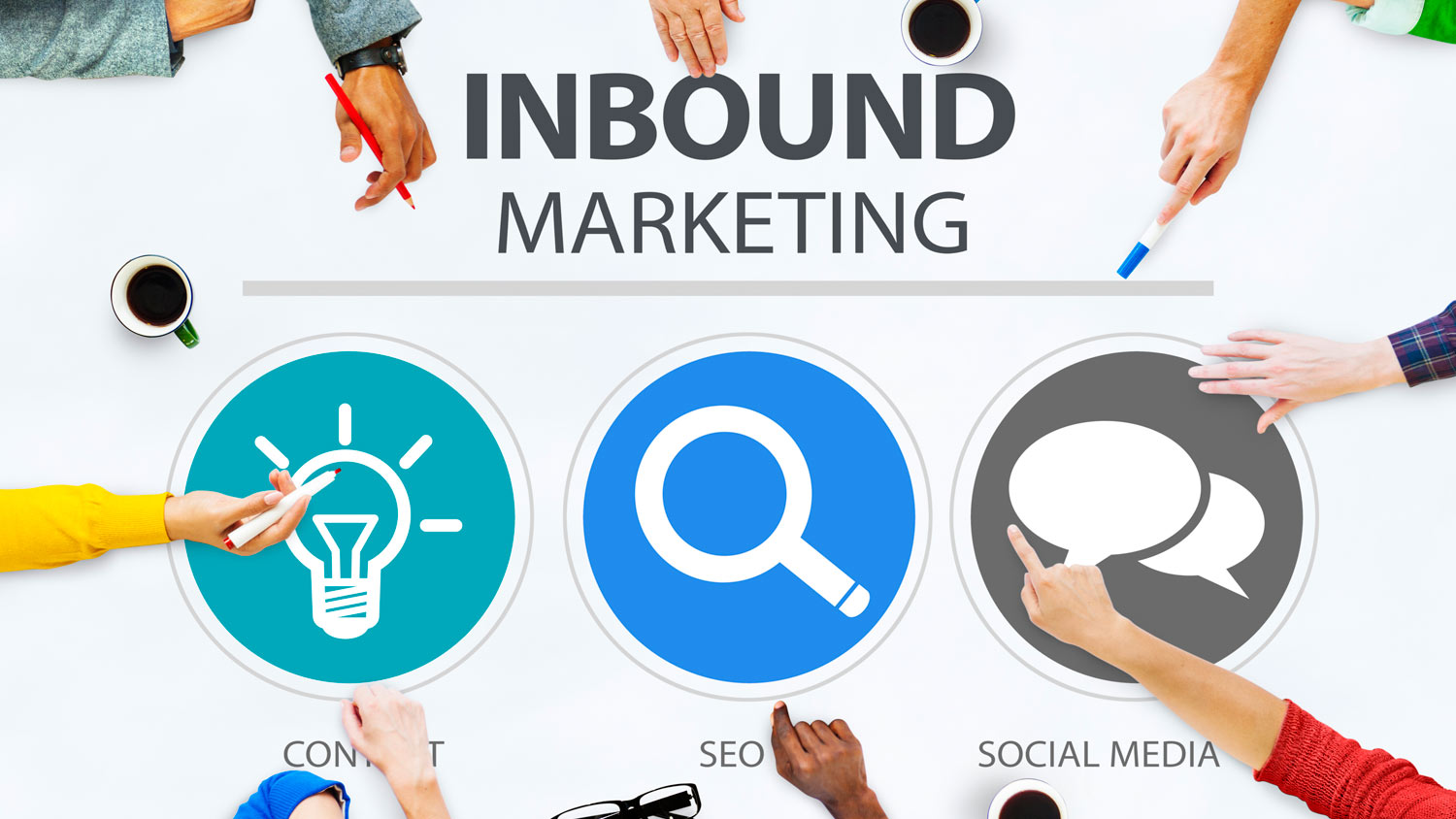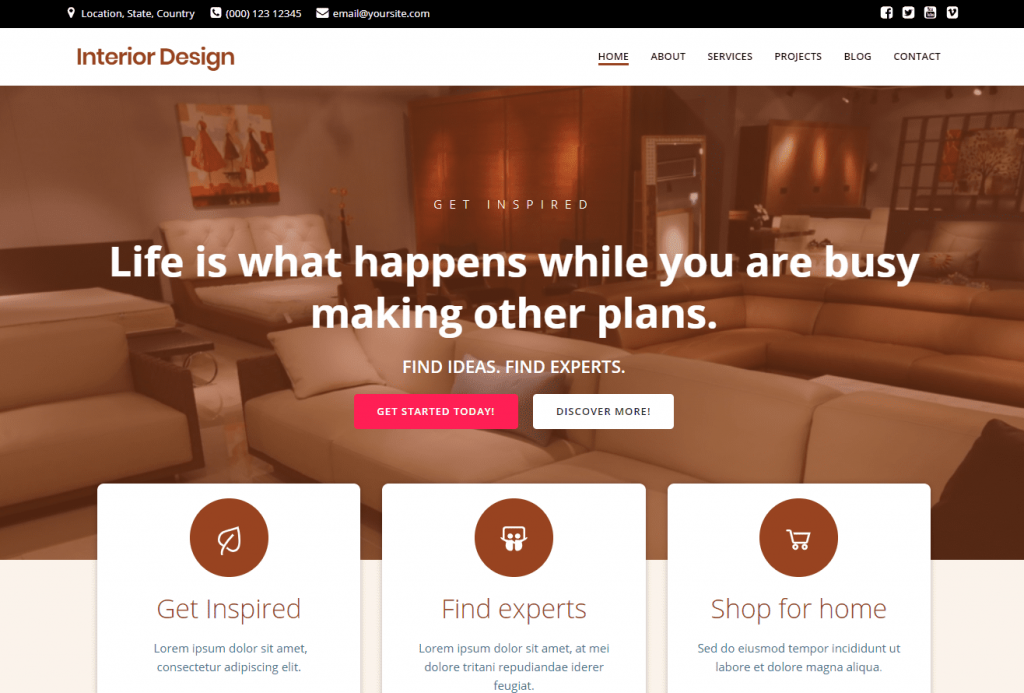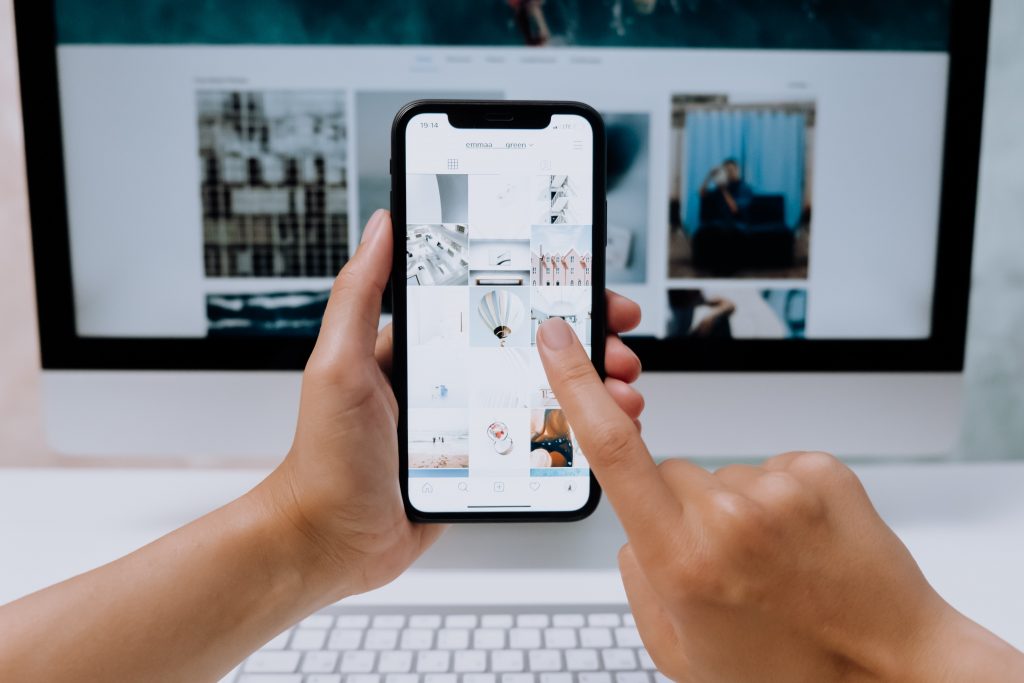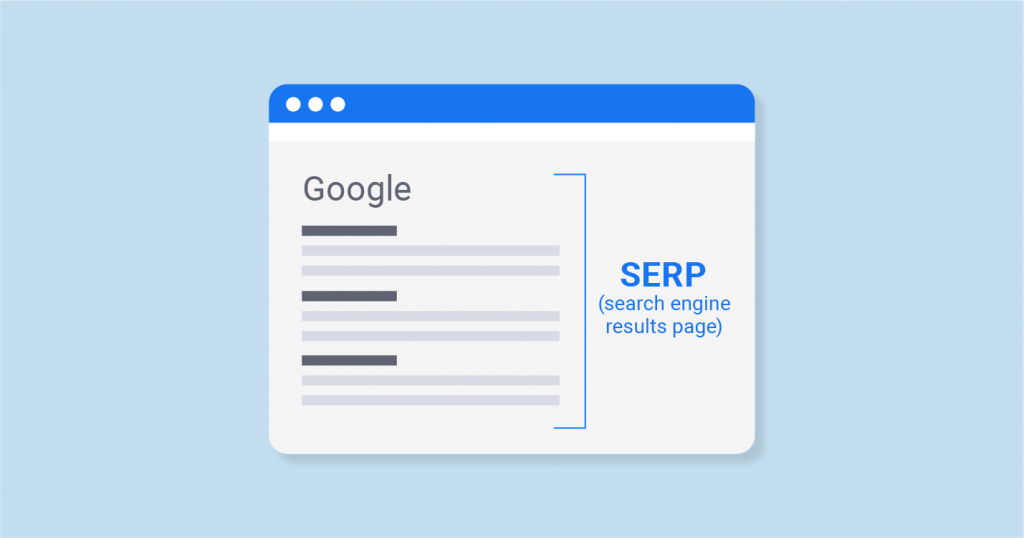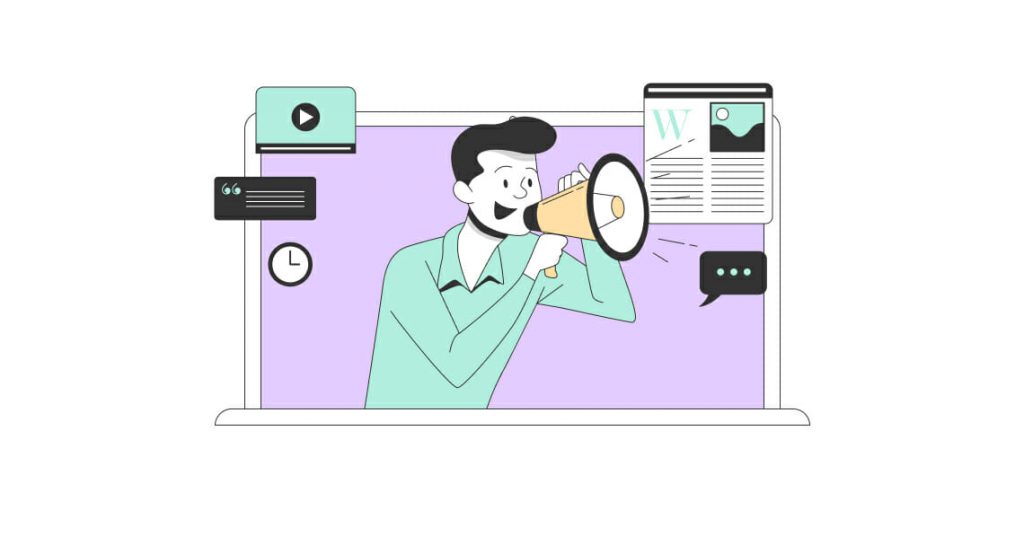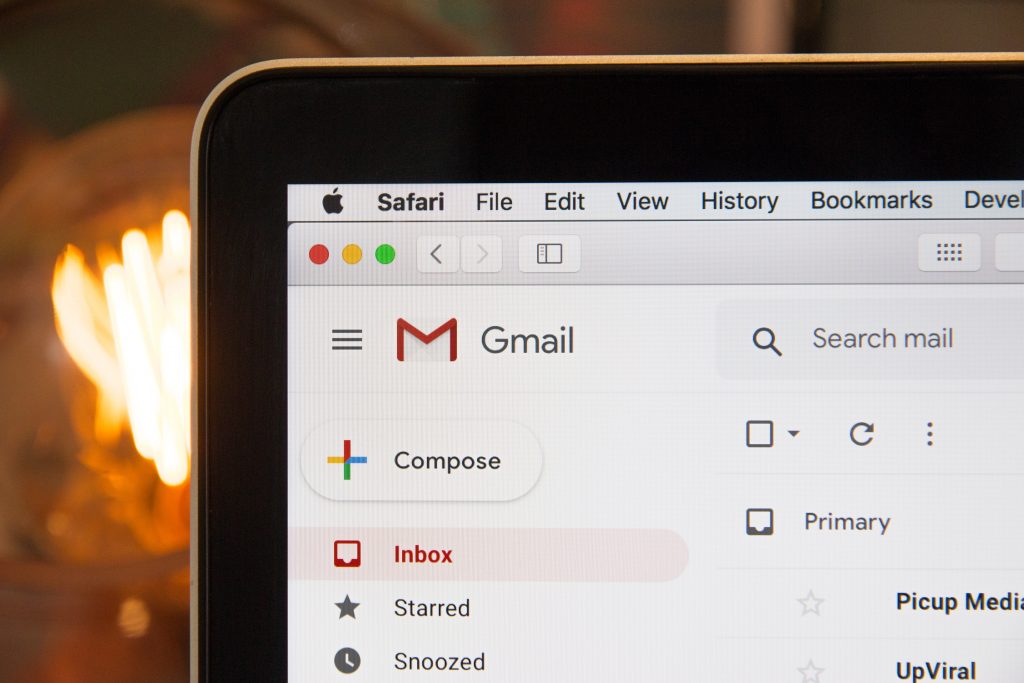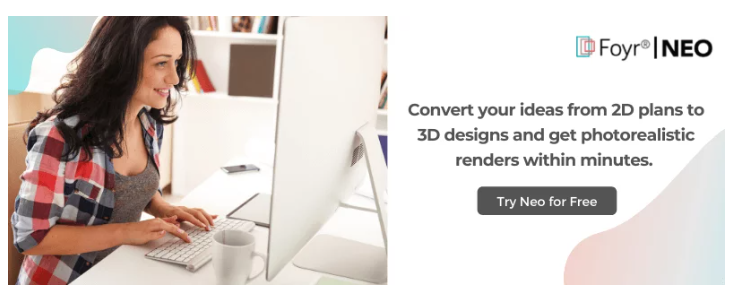Inbound Marketing for Interior Designers
The turn of the 21st century has brought out new ways of doing business online. Gone are the days when companies used to cold call and make physical house calls to sell their products. The onset of the internet and social media has revolutionized digital marketing strategies.
Traditional interior design marketing strategies were always a one-way conversation where you as a designer had to rely on referrals and extremely pricey advertisements to drive your interior design business growth.
When you publish a blog post that is relevant and helpful it instantly becomes attractive and advertises your brand without it being a repetitive and infuriating banner on a webpage. This pulls the customer to your business and makes them a part of your journey.
As potential clients go through your blog posts they feel that you are the right person to help them out and gleefully sign up or contact your business to take things ahead. This also puts you on the other side of the equation where they have come to you for help rather than you going to them.
Inbound marketing plans are found to be 10 times more effective than any other marketing strategy. The use of inbound principles in marketing channels can lead to a significant rise in website traffic, overall projected sales, quality lead generation, and customer loyalty.
Read also – How To Generate Qualified Leads for Interior Design Business?
What is inbound marketing?
Inbound marketing, in layman terms, mainly consists of pulling potential customers to your company. Inbound marketing is a culmination of various strategies especially content marketing, blogs, social media marketing, search engine optimization (SEO), events, etc. the main objective of inbound marketing is to gain as much as online visibility, which helps the new clients to come to you.
One major negative aspect of traditional marketing was that it makes the customer feel like they are being sold a product very aggressively. On the contrary, inbound marketing or online marketing generates content that is engaging, interactive, and otherwise relatable. It plays on the customer’s psyche slowly pulling them into the conversation rather than giving them an open invitation.
One of the most defining features is that inbound marketing is more brains oriented rather than budget-oriented. In a nutshell, if you have quality content you can make it without spending much money. This works perfectly for designers who have the raw talent and are just starting out looking to offer their interior design services.
Read also – 23 Best Ways To Market Yourself As An Interior Designer
How can inbound marketing help interior designers get better leads?
It is every designer’s dream to get a client that respects them and gives them a blank canvas to work on. Even if that’s not possible, the preferred design styles must align to have a suitable end product.
The first step to getting like-minded interior design clients is to show the online customer base what you can bring to the table. A blog post on your preferred design styles or perhaps your inputs on some home decor trend can go a long way in connecting a potential lead.
When it comes to inbound marketing, all the leads already have an interest or require your services. This means that these leads are already halfway there to being customers.
10 Inbound marketing tips for interior designers to improve the quality of leads:
1. Identifying your target audience
For a successful marketing campaign, you must know your target audience. The needs, challenges, and goals of your ideal lead or potential client should find their solution in your marketing campaign. To attract potential customers, a preliminary relation should be set between you and them. They should feel that you, your blogs, or your insights are the answers to their problems.
This can only be done by correctly assessing what they want. You can then tailor-make your blog posts or marketing campaigns to suit that particular need and desire. E.g. writing blogs about working from home can directly link you to individuals trying to renovate or make a home office. Always remember, when there is a demand a supply chain should be set up to reap profits.
Read also – Profit Margins for Interior Design Businesses
Image Credit: pexels.com
2. Website Design
In the current scenario, your company image is not identified by its physical office address but by its interior design website. Your landing page or the first page is going to be the first impression cast on any potential lead. And you don’t need anyone telling you how important it is to have the best first impression. This is where the design of your webpage comes into the picture.
A website design can give the client a peep into your design philosophy, your works, and even some information about you which could form a small personal connection even before you meet in person. A website gives credibility to a firm’s practices. It is said that customers more often choose to trust their homes to designers who have an online reputation with testimonials or online reviews from a past client and notable works on their portfolio.
Read also – How To Create A Interior Design Website?
Image Credit: colibriwp.com
3. Mobile-Friendly Websites and Content
It is proved that 90 percent of the time when a person wants to look something up, they tend to first use their phone. Now sometimes designers spend a lot of money to spruce up their webpage that looks good on a desktop but does it look practical and elegant when it comes to a mobile interface.
If a potential lead finds your webpage on a mobile device and is unable to navigate successfully, they may just get an idea that you don’t care about who visits your webpage. A mobile-friendly webpage increases customer satisfaction and enhances their experience with you and your company.
Read also – Top 18 Interior Design Website Mistakes To Avoid
Image Credit: pexels.com
4. Quality Content
Content creation is not just about churning out endless and monotonous posts just to fill a pre-decided quota. If a potential lead finds your page and is not attracted to your content, he or she may never go past the initial paragraphs. An individual is more attracted to blogs and social media posts that have a little bit of design in them and easy to read interface ad some quality images. It should speak volumes of your design skills.
These days customers and search engine algorithms are getting smarter and are easily detecting and remove in content that has innumerable search tags attached to them for no reason. Designers need to consistently produce excellent, easily readable, and relatable content that caters to their target audience. Your degree of quality content can be directly proportional to the degree of success of your design firm.
Oftentimes, firms or small-time designers tend to delegate these jobs to their junior staff or an intern who doesn’t have the essential know-how in writing target-specific quality blogs which results in a poor result. This could also lead to you being ranked lower in search results which would be difficult for leads to find your firm fast.
Read also – 14 Content Marketing Ideas for Interior Designers
Image Credit: citeninja.com
5. Guest Blogs
A technique that most designers don’t know is the use of backlinks. As the name suggests, backlinks allow your blog to be linked from another blog or webpage creating some organic and fresh traffic for your website.
Instead of just providing links to your blogs in the comments section, it is always more classy and fruitful to write a guest post for another blog/webpage with a considerable online presence. The more your webpage is linked to other sources on the internet, the more your interior design company is ranked higher in search results.
To make a considerable impact, you should be very consistent with your guest posts. A little bit of work has to go in for building long-lasting relationships with reputable influencers, firms, and bloggers.
Your guest post must have backlinks to your website at key places so that it is easily accessible for the readers to switch from that website to your blog with ease. It should also ideally have a share button so that users can share your blog on various social media platforms e.g. Houzz, LinkedIn, Instagram, etc.
Read also – Instagram Marketing for Interior Designers
Image Credit: searchenginejournal.com
6. Search Engine Optimization
SEO or search engine optimization can be considered the most essential part of the inbound strategy. After all, the main objective of inbound marketing is for you to be easily found on the web. Harnessing the power of SEO enables you to play the search algorithm to your strengths. It’s a combination of using correct phrases, keywords in your webpage content that subsequently improves your rank in search engine results.
A while ago, SEO specialists used to make a list of keywords related to your topic and conjure up a blog post on that. But unfortunately, it’s not simple anymore. With improved technology and the use of artificial intelligence, search algorithms have grown smarter. This brings about a need to make dynamic content that is unique and engaging. Gone are the days, where potential leads find 100 articles with the same subtext. The more unique your post is, the more your chances of being found on google or bing.
While designing a blog post that is SEO certified, a business owner needs to keep in mind that the content should cater to a certain trend or design query that most audiences have. It could also be your personal opinion or insight into the design industry.
Read also – SEO for Interior Designers
Image Credit: mixwithmarketing.com
7. Work with Influencers
One way to attract traffic to your website is by creating partnerships with influencers in the design field. A designer needs to make note of their target audience. Particularly details like their gender, location, age, and other vital factors. Once you understand that demographic, you can find out which influencer reaches out to that particular crowd the most.
Influencers have a large fan following. So naturally, when they endorse your product, the audience automatically trusts your firm and organization and would create positive brand awareness.
An added benefit would be to include a call to action button. This means that after the endorsement, the influencer can ask their audiences to contact you if they are keen to work with you by directing them to your webpage, contact information, or social media accounts. You can also ask the influencer to announce a specific discount coupon or offer to make your design firm more attractive to their audiences.
Read also – Influencer Marketing for Interior Designers
Image Credit: influencermarketinghub.com
8. Personalized Email Campaigns
Everyone is familiar with the endless list of chain mails that they receive directly and most of the time find the spam folder. But the little known fact is that with the help of a little inbound marketing strategy in place, email marketing can be more personal and SEO oriented. One should ensure that the person receiving your email wants to hear from you.
They should ideally be the leads that have signed up for your newsletter after reading something interesting from your webpage or blog. Keep in mind that these email bursts should be sporadic. If it ends up clogging the potential leads inbox, it could end up in them marking your mail as spam.
Read also – Pinterest Marketing for Interior Designers
Image Credit: pinterest.com
9. Turning Leads into Customers
Let’s say you have done all of the steps above and you have created amazing content and attracted the lead. What then? The most important part is turning that lead into a customer. This is a very delicate process and has to be done with the utmost care. Only approach the design fee factor when the client is keen to proceed completely by hiring you.
Do not be aggressive by messaging or calling them time and again for their decision. This could eventually put off the customer. You need to give them a gentle push for them to hire you and always be there to answer their queries. Once you have gained their trust, it should be a cakewalk for you to make the client.
Read also – How to Write An Interior Design Proposal to Win Your Clients?
Image Credit: pexels.com
10. Content Personalization
This would require a little bit of coding and making use of google traffic statistics. Hiring a marketing agency that specializes in content personalization would be the best approach. What it does is with the help of code, insert personal specifications to make the blog post or email more unique to the consumer.
Instead of starting a newsletter with “Hello everyone!” It could automatically replace the “everyone” with the lead’s name e.g. “Hello Tom!” This created a personal interest. Furthermore, when the lead sees a mail that is directly addressed to him in the inbox, they are most likely to open and read it.
It is safe to assume that once you follow the steps above, you can truly get your business visible on the global platform. But keep in mind, you should be consistent in what you do whether it is about writing a blog or posting a daily project updated on your social media.
Read also – Best Social Media Platforms for Interior Designers
Conclusion
Having the right business tools will make each stage of the interior design process simpler and more efficient. Foyr Neo is a powerful interior design platform built with you, the designer, in mind. Take design ideas from concept to a photo-realistic rendering in just minutes with a suite of advanced tools, including:
- The ability to choose from thousands of preloaded items like furniture, plants, accessories and much more – or upload your own 3D models to create the exact look your clients want.
- Produce 4K, photo-realistic renderings on demand.
- Advanced lighting options and visualization settings.
- Real-time 3D editing capabilities.
By combining the functionality of multiple tools in one platform we empower designers to spend less time with software and more time with their clients. You can try Foyr Neo free for 14-days now and experience the power of limitless design.








